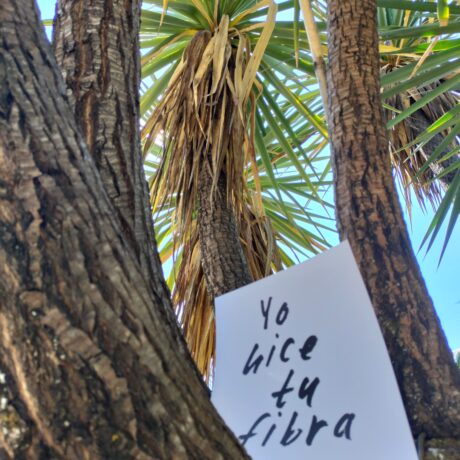Op-ed: Fashion Weeks – An Industry That Doesn’t Want to Change
Simone Cipriani is the founder of Ethical Fashion Initiative, an organisation working to connect marginalised artisan communities with international brands. The EFI creates meaningful work, with fair and decent working conditions, employing traditional skills, from Maasai beading in Kenya to hand weaving of raw Afghan silk.
Today we have a new state, one without territories, formal institutions or army: the failed state of the international supply chain of fashion. This statement is a provocation, of course, but it conveys a message. Truly, the state of the fashion supply chain is a reality that affects the lives of a large number of people and that impacts heavily on our physical environment. It is an entity (what sociologists would call “broad organisational field”) that manages important physical and human resources to produce goods within a linear consumption model. No circularity, no recycling, no re-use. Even worse, there is no real respect for people involved in these production processes.
This is part of a business model structured on the maximisation of profits for shareholders, which is obtained through:
- The minimisation of production costs, achieved by compressing the cost of two key inputs: people and materials;
- The maximisation of investment in image and marketing, to keep consumers anesthetised and tuned;
- The extremely reduced time to market: products are carefully developed, through research and design, and then must be prototyped and produced in the shortest possible time.
This is why we have a large network of producers, organised in different layers, who are always available to work at any condition and with any given deadline. People and natural resources involved in it are only a factor of production, whose cost must be kept at the lowest level possible. In terms of business model, these are the key resources of this industry and they determine the foundation of its cost structure (the so-called Cost of Goods Sold, or CoGS, in accounting terms). The key partners are the production companies that allow the industry to mobilise these factors, within the given cost ceiling. Then there are designers, marketing people and so on. The good functioning of the other elements of the business model such as revenue streams, channels of distribution, customer relationships, etc. depends on these foundations.
As long as the business model remains this way, real sustainability will always remain a mission impossible. Check the sustainability efforts of all major fashion players. How many brands disclose their whole supply chain, and their working conditions inside? How many offer a truly clear environmental impact assessment for their operations?
Yes, fashion has adopted the language of sustainability and green stuff, but it is often a form of camouflage aimed at hiding the reality. An example of this is the way through which brands makes themselves visible to the public and conducts a part its business: through fashion weeks. They are moments of celebration and business, structured in an organisational form that has nothing of sustainable. They run one after the other, forcing industry staff to travel frantically from here to there, while producers work in emergency-like conditions to have products ready for the shows. In the meantime, consumers are bombarded by a mountain of images and faces of influencers, who do not speak about how goods are made or on their impact on people’s lives and on the planet. All this, while our planet risks extinction. Is this meaningful? Fashion weeks resembles the rites to celebrate Gods and Goddess in the late Roman Empire, when everything was tumbling down but people thought old beliefs could save them. The main goddess of this fashion world is Medusa, who transforms those who stare at her into stone (Medusa is also the image of a well-known fashion brand, but here I am not suggesting any direct link between my discourse and that brand).
Those who stare at Medusa do not think, or act anymore. What we really need is events that enable people to think, to see a future, not this useless carousel. We are quickly moving towards extinction of life as we have known it up to now (this is the meaning of Anthropocene) and are we doing about it? Business as usual. As I write we are in another round of this mad (and maybe beautiful, eye captivating and useful for traditional business) carnival.
Certainly, fashion weeks are enriched by green events, sustainability talks, which provides some superficial gloss. Check who are the main beneficiaries or protagonists of these sideshows: mainly (not exclusively, but mainly) people who represent pure and simple business as usual.
Fashion weeks are the real portrait of an industry that does not want to change. An industry that tries to exploit all what it can until it becomes impossible to keep going. Soon, it could become too late to leave a decent planet and global society to our daughters and sons.
Can all this change? Yes. It simply depends on business leaders to do it. Let us start by leaving the discourse about consumers’ responsibility aside: consumers already do a lot; and they are willing to do much more. It is those in charge of big business who have to change. It is their responsibility to create a different business model, one that gives space to a different type of stakeholders. Along with these stakeholders, they must consider the conditions workers in supply chains, of consumers, of the environment and the communities that live in it.
Is it so difficult? Is it so tough? Maybe, but it is possible. A group of innovators and doers surrounds us. Together we are trying to change this industry. We need more executives and designers to join this movement. Come, let us work together.








